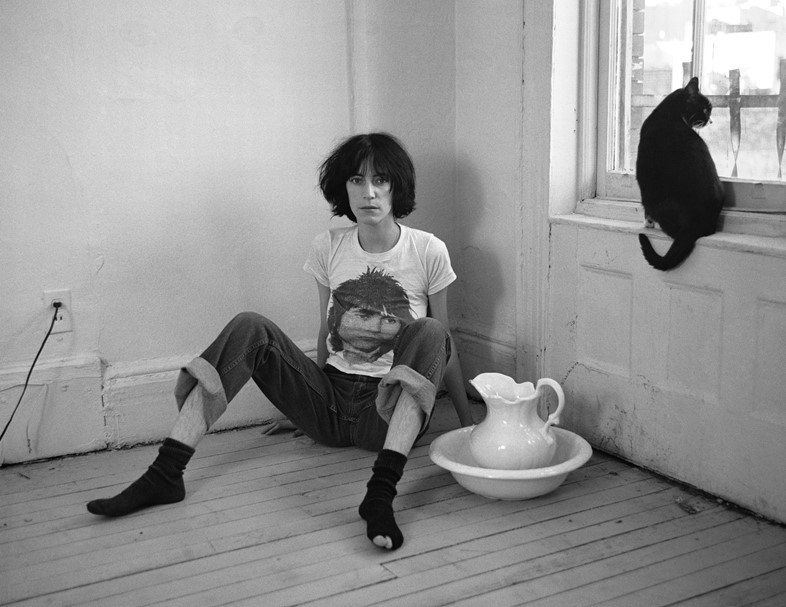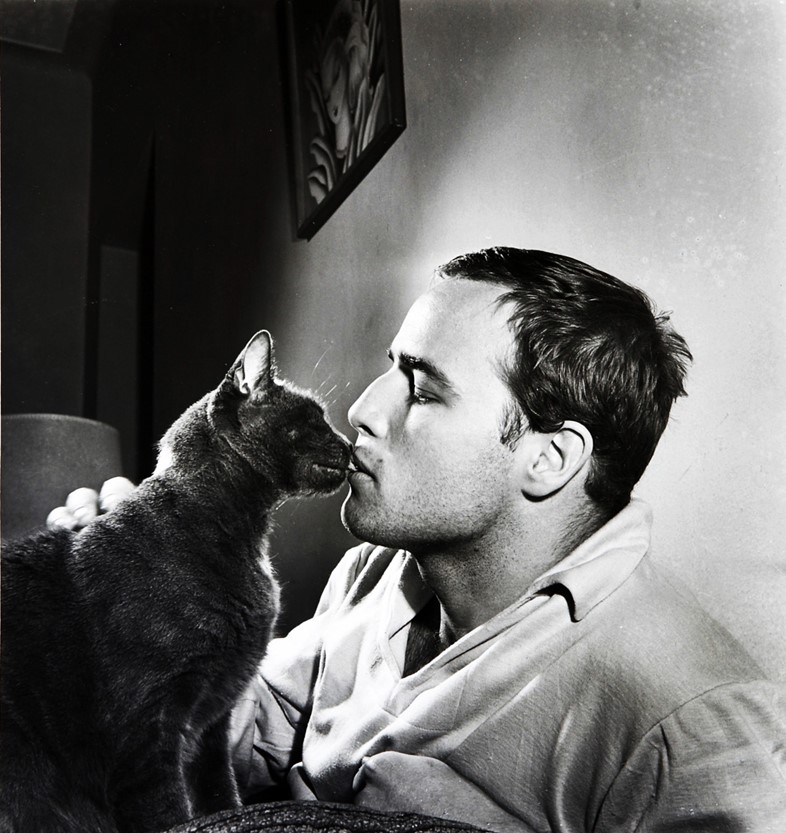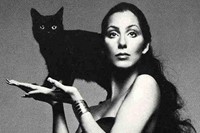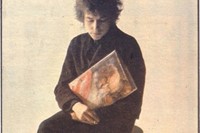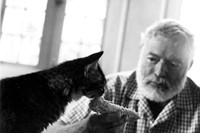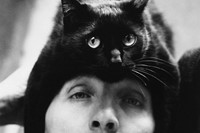This Halloween, we blast away the spooky reputation of the black cat, focusing instead on the animals' famous fans
At one point in his life John Lennon owned ten cats, including a black cat named Salt (who had a white compatriot called Pepper). Frank Zappa spent much of the 1960s with his cats, including a Siamese called Gorgo and a black cat named Marshmoff, while Marlon Brando, Herbert Tobias and Patti Smith also all owned panther-esque felines.
"For centuries, the black cat has provoked fear, suspicion and curiosity"
For centuries, the black cat has provoked fear, suspicion and curiosity. The surrounding folklore dates back to the Middle Ages, where the animals became an omen for misfortune, witchcraft and death, their malevolent reputations not helped by their skulking gait and spooky yellow-gold eyes – in fact caused by a high melanin pigment content. It was thought that witches turned into black cats come nightfall, and such was the paranoia that many felines were burnt at the stake.
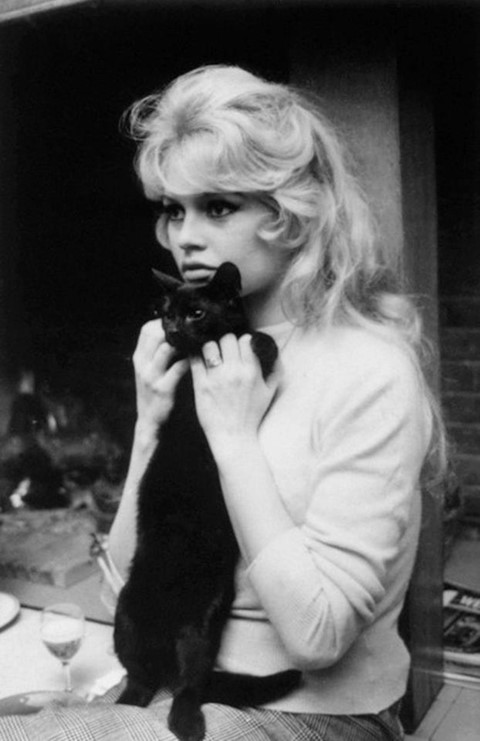
However, times have changed for the oft maligned animal. The first modern cabaret – Paris' Le Chat Noir – was distinguished by its iconic Théophile Alexandre Steinlen illustration of a black cat, symbolic of the venue's debauched after hours. T.S. Eliot penned, and Edward Gorey illustrated, a series of whimsical verses about the psychology and social order of their favourite animal, entitled Old Possum’s book of Practical Cats; a book which was famously transformed into the musical Cats. Author Ernest Hemingway become a confirmed lover of polydactyl cats after being given a six-toed cat by a ship’s captain.
To this day, myths continue to swirl regarding the good or bad luck of a black cat sighting. In Scotland, the arrival of a strange black cat at your door signals prosperity, while legend also suggests that a lady who owns a black cat will have many suitors. But for Halloween, AnOther throws superstition aside to look at our favourite black cats and their owners.
